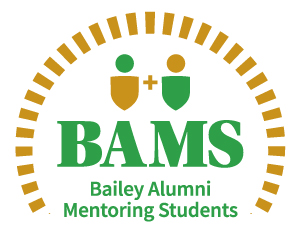Cal Poly, UCSB Awarded Grant to Study Interstellar Travel
SAN LUIS OBISPO — Today’s science fiction is tomorrow’s scientific feat. That’s the idea behind NASA’s $100,000 Innovative Advanced Concepts (NIAC) grants, one of which was awarded to Cal Poly and UC Santa Barbara to make preliminary models of an interstellar spacecraft and propulsion system.

Gary Hughes, statistics professor
The propulsion system would push the four-inch-square, wafer-thin spacecraft to a significant fraction of the speed of light. That would mean that the craft could pass the Voyager spacecraft, which was launched in 1977 and went interstellar in 2013, in a matter of weeks and could reach the next star within a generation, a relatively short time given the distance.
According to the concept, which is still under development, the tiny craft would be propelled by a separate, Earth-orbiting, phased array of 1,000-watt lasers. The array would track the craft as it moves and shoot laser beams that would bounce off a mirror on the craft’s reflective sails.
“It’s kind of like the impulse drive in Star Trek,” said Gary Hughes, a statistics professor at Cal Poly and one of the study’s leaders.
Hughes and his partner, Philip Lubin of UCSB, call the project Directed Energy Propulsion for Interstellar Exploration, or DEEP-IN. The models will include concepts such as the power of the laser array and the location the lasers would be positioned in space, with possibilities that include a laser array mounted on the international space station to massive stand-alone arrays in Earth-sun orbit. Work has begun on an analysis of the array structure and will continue with the mechanical design of the laser in the coming months.
“The spacecraft could be on the edge of the sun's influence within a few weeks of being launched” Hughes said. “Beyond that, we don't really know what's out there. That's kind of fun.”




